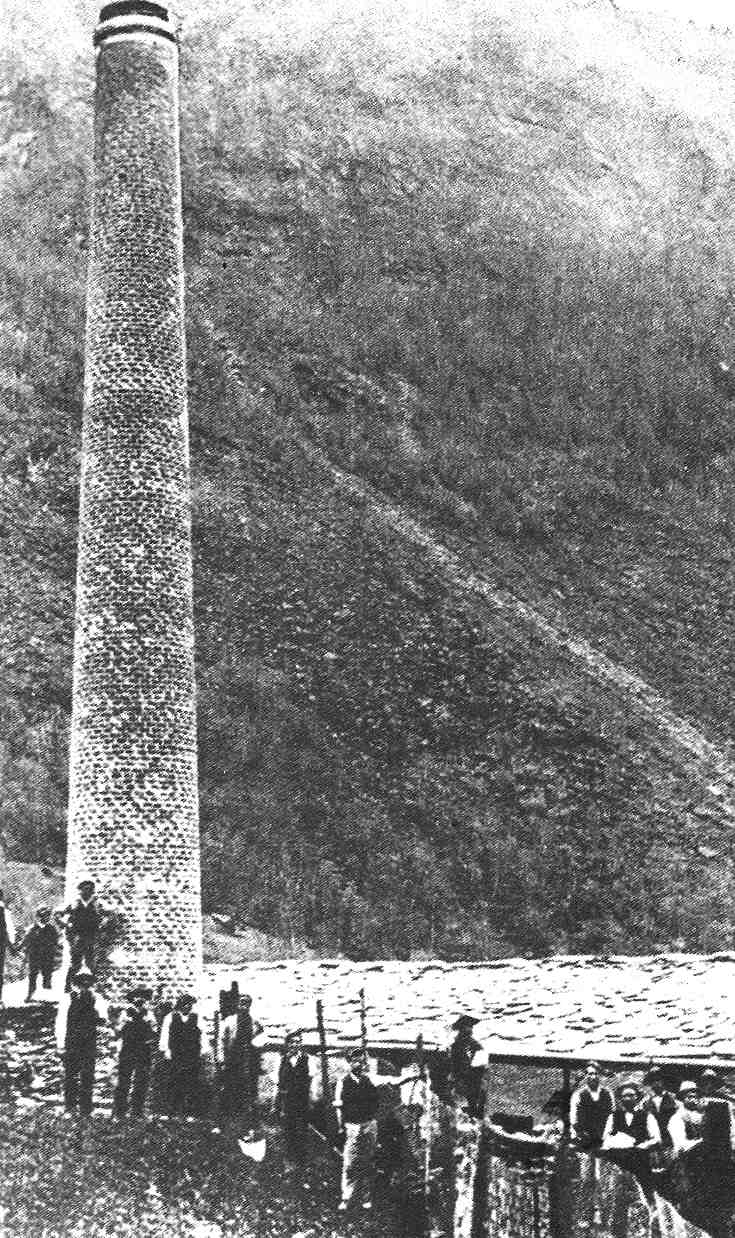 Brick smokestack in the hamlet of Tornadri.
Brick smokestack in the hamlet of Tornadri.
With the arrival of the industrial development, these ancient kilns became increasingly efficient both in the quantity of material used and in size.
At the entrance to the hamlet of
Tornadri of Lanzada, in the area known as the “Kiln”, there used to be a late nineteenth century kiln to fire lime and produce quicklime.
It was a small, industrial kiln with an insulating cover on the low, squat smokestack to retain the heat and protect from the rain.
It ran on wood, coal and peat.
The latter was taken from the alpine meadow of Acquanegra and in order to be used as fuel, it had to be amalgamated, reduced to cakes and left to dry on wooden boards in the sun.
A double pitch arcade on pillars completed the structure, which was used as a workshop for about twenty workers to store and deposit material.
The owners and managers were the Giordani brothers.
The limestone came from the rocks of Mount Cavaglia and Mount Motta via the cableways.
At the time, five cables reached Tornadri to transport the lime, wood and peat of the Acquanegra down to the valley.
Later, between 1908 and 1909,
they built a more modern kiln capable of continual firing, which replaced the previous one, which was demolished.
A historic postcard of 1916 shows the site with its characteristic, 20 metre tall, brick smokestack, measuring 3 metres in diameter at the base and 1.20 metres at the top, which helped disperse the smoke.
The kiln operated until 1916, for as long as fossil carbon from the carboniferous basin of Newcastle on the east coast of England was available.
The kiln stopped operations and was demolished in 1920.
In a photo of the period, we can see the lack of woods around Tornadri, as much of the timber was cut and burnt to fire the kilns and for heating.